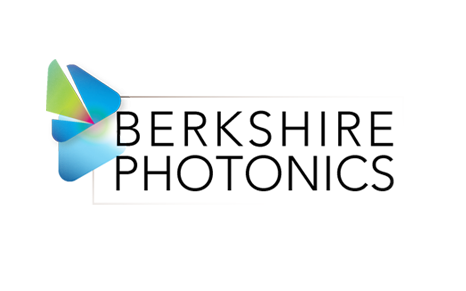High Power Laser Coupling, Connectorization, Beam Shaping
Silica (SiO2) optical fibers made by high-purity chemical vapor deposition processes (CVD, OVD, VAD, MOCVD) have remarkable power-carrying capacity. But “high power” is a relative term. The cross-sectional area of the energy-guiding core is the key determinant of the power-handling capacity in fibers. The larger the fiber, the more energy can be carried in the bulk silica.
In a “small-core” single mode fiber (core diameter of 5-15µm), “high power” might mean 1-2 watts, whereas in a 600µm core hard polymer-clad fiber (HPCF), “high power” may mean 100 watts.
A fiber laser may output a kilowatt or more from a doped, double-clad fiber – even out to IR wavelengths at 10.6µm.
Several design goals are common to all coupling, guidance, connecting and beam-shaping endeavors when high power is involved: Laser sources with well-controlled beams; highly-polished input fiber facets with no defects; low attenuation at the operating wavelength; connectors and fiber-guiding mechanisms appropriate for the optical power levels.
Selecting a fiber with the right core, clad, and numerical aperture (NA); correct glass composition – pure or doped; coating and buffer materials are all important, but only the starting point.
- Berkshire Strengths:
- Fiber and laser input beam matching
- Core size and NA selection; cladding thickness and coating design
- All-silica vs. hard plastic clad fibers vs. double-clad fibers
- Optical bend radius vs. mechanical bend radius
- Epoxy-polish vs. no epoxy connectors
- Cleave vs. polish
- Air-gap vs. end-cap terminations
- High power fiber to fiber connections
Whether the output beam needs to be focused, expanded, collimated, or diffused, Berkshire has the experience and capability to realize your design.
- Berkshire Solutions:
- Finding the multi-dimensional “sweet spot” in the tradeoffs between – core diameter and spot size
- Laser beam quality (“BQ”) and fiber NA
- Connector design vs. damage resistance
- Damage resistance vs. fiber cost
Berkshire can help you find the perfect combination of glass type, fiber design, coating materials, end-finish and termination approach that achieves the delivered power, safety, reliability, and lifetime required by your application.
Whether for precision, low loss and back reflection epoxy-polish terminations or specialized air gap or end-cap solutions, Berkshire has the metrology and inspection capabilities to assure performance on single mode, mid-core and large core fiber and bundle assemblies.
- Product Focus:
- High power laser delivery cables from UV to visible to NIR and IR (λ= 200nm to 10µm)
- Mid-power bundles, splitters combiners and arrays
- Single mode high power cables for DTS and other intrinsic fiber sensors
- Mid-power multi-wavelength spectroscopy assemblies
- High temperature fibers/cables for laser delivery
- Laser power diffusers for PDT and similar laser light diffusion applications
- High power SMA and special connectors, both epoxy, no-epoxy and end cap designs from 50µm clad reduced-diameter fibers to 3mm fiber rods to hollow core fibers.
Contact Us at 860-868-0081 to discuss your High-Power Laser Assembly requirements – whether single mode cables for distributed temperature sensing; or a 40 watt laser diode aggregation for a fiber delivered, laser light source, Berkshire Engineers Solutions.
